Wargaming is a big hobby with many diverse factions and perspectives: striking a balance that pleases everyone can be truly challenging! We like to think what sets Wargames, Soldiers & Strategy apart from other historical wargaming magazines is its focus on having fun, no matter what kind of wargamer you are or what your background is. WS&S is a light-hearted publication, that pays particular attention to games themselves and how to play them: it doesn’t get bogged down in lengthy historical expositions or recycle content you can read yourself in any history book. While popular periods like WWII, the Napoleonic era, and the ancient world get frequent coverage, we also try to feature the unexpected, with articles on spies, monsters and gangsters to name but a few.
Wargames, Soldiers & Strategy
Editorial
MINIATURE REVIEWS • A look at some of the newest miniatures, terrain pieces, and more from across the wargaming world.
MORE OLD TOY SOLDIERS • Ebay yielded a nice batch of old Minifigs the other day. I duly set about stripping and repainting. For the most part the models were the mid-‘70s, or first ‘PB’ range: Carthaginians based on the illustrations in Phil Barker’s Armies of the Macedonian and Punic Wars, published by the Wargames Research Group (WRG). Minifigs – Miniature Figurines Limited of Southampton – was not the only manufacturer to take advantage of these popular source books on ancient armies, but it was certainly quick to accommodate a growing interest in ancient wargaming.
EDINBURGH’S BURNING • The history of England and Scotland in the Tudor period had been far from smooth. After a relative period of calm for Scotland while England was distracted in the civil war known as the Wars of the Roses, the Tudor and Stuart dynasties did strive for peace, even though James IV had supported the usurper Perkin Warbeck.
NO FEAR OF DEATH • The North-West Frontier had always been an invasion route through the Khyber and Bolan passes and into the Indian subcontinent. Local Afghan and Pashtun tribesmen often raided across this border. A series of forts were built in the days of the Sikh Empire. These were reinforced by the British Raj and new forts built to better seal off the border. As an added safeguard, the British paid the local tribesmen to watch the passes.
POINTS ON POINTS • Points values in games can be problematic, to say the least. While we might strive for ‘equal’ and ‘fair’ games, they might lead to squeezing every advantage from every point in a list. So, let us look at some alternatives, particularly for the tournament scene – what if our armies and lists were already provided for us?
FORTRESS DUNKIRK • The Normandy invasion and the rapid advances made by Allied troops stretched supply lines almost to breaking point. The construction of the artificial ‘Mulberry’ harbour at Armomanches helped, but the Allied planners knew what they really needed was an actual harbour.
SUGGESTED FORCES
WEATHERING THE STORM • In the normal course of events, a frigate would not dare take on a ship of the line. They are simply outgunned and outclassed by the larger foe – the classic example being USS Randolph versus HMS Yarmouth in 1777, which did not end well for the Randolph. However, in the right weather conditions, two frigates did once take on a capital ship.
DUST AND FIRE • When the myriads of Achaemenid Persian archers marched out of the desert dust in the mid-500s BC, they were commanded by a military genius named Cyrus the Great. The Persians overran the ancient realms of the Middle East and eventually marched west to Libya, northwest into Asia Minor, and east to the ends of the earth in India. The Achaemenid Persian dominance is often diminished by the biases of the clash of culture between Persian east and the Greek west. Despite the bias, the Athenians admitted that all...
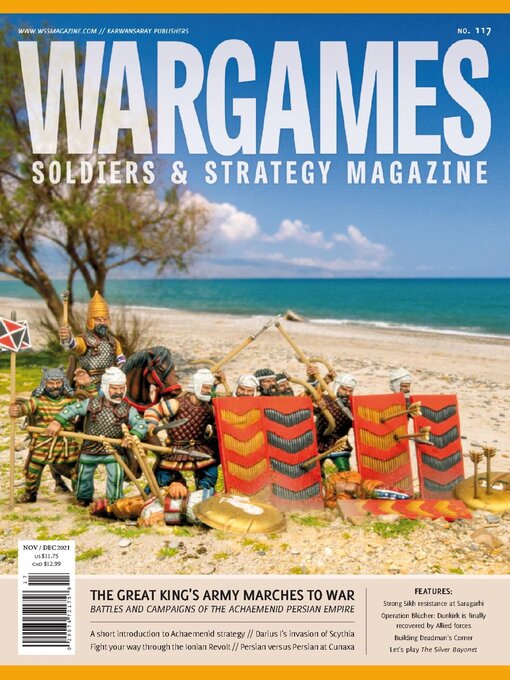
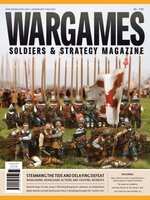 WSS 137
WSS 137
 WSS 136
WSS 136
 WSS 135
WSS 135
 WSS 134
WSS 134
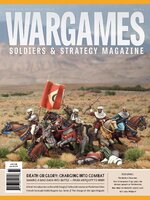 WSS 133
WSS 133
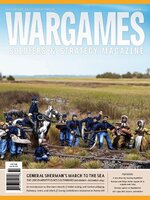 WSS 132
WSS 132
 WSS 131
WSS 131
 WSS 130
WSS 130
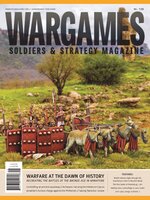 WSS 129
WSS 129
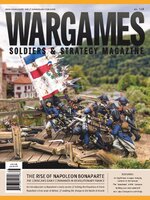 WSS 128
WSS 128
 WSS 127
WSS 127
 WSS 126
WSS 126
 WSS 125
WSS 125
 WSS 124
WSS 124
 WSS 123
WSS 123
 WSS 122
WSS 122
 WSS 121
WSS 121